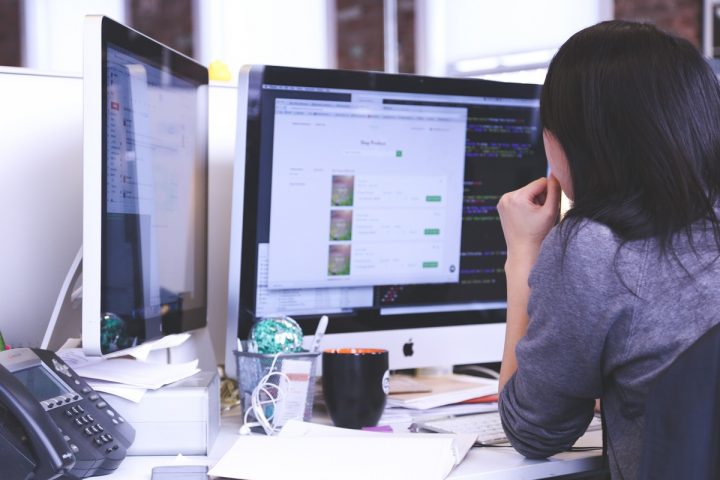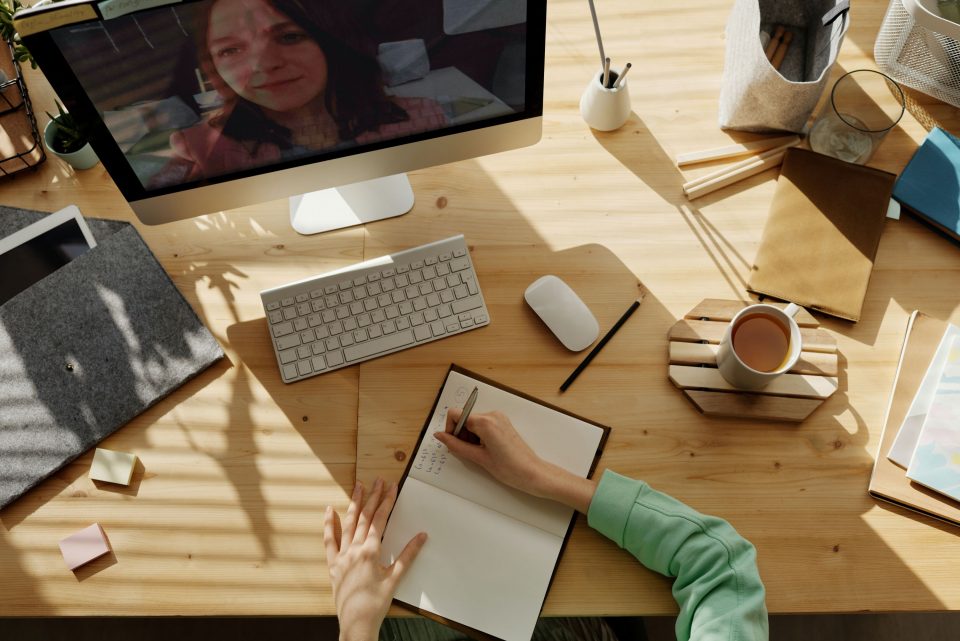Find your Personal Productivity Style

How to Write an Index
November 10, 2016
Tips for Better Printing
November 24, 2016
You’ve had a cup of coffee, your to-do list is written, and you’re ready to go. So why are you completely stuck, unable to start even the easiest task on the list?
We’ve all had days like these, as well as the halcyon flipside of the working day when you’ve done six impossible things before breakfast, and raced through your essential tasks before lunch. The reason? The order those tasks were in – not necessarily any particular order, just the right order for you.
Your personal productivity style makes sense of both those days, and makes sure that at worst, your effectiveness falls somewhere in-between the two, rather than leaving you hopelessly behind on deadlines. If you don’t know where to start, read on and see if you can recognize yourself.
If you were a student that found revision easier when you had the background hum of the library, or even music playing, then you might try taking your laptop to a café instead of trying to be productive either at home or in the workplace. If your boss isn’t happy for you to do that, the buzz of the office will probably provide white noise enough for you to concentrate; however, if you find you’re interrupted too much by colleagues, it’s worth finding strategies to limit disturbances or even to schedule them throughout the day.
Lovers of total silence will find open plan offices and other noisy environments tricky. However, sending out ‘busy’ signals will help to limit interruptions. Headphones are useful for more than just listening to music – they can also block out most ambient noise and help concentration.
Your personal productivity style is going to depend a great deal on when you feel most alert and able to function.
Night owls might function better if they schedule less essential errands or meetings in the morning, and take advantage of sharper concentration and better brain function in the late afternoon and early evening. Larks might wish to take advantage of waking up raring to go by hitting their desk an hour ahead of their colleagues, getting the bulk of the day’s business out of the way whilst the rest of the office is still commuting.
Lastly, one thing is common to all workers, and that’s burnout if you try to force yourself to concentrate for too long.
As a rule, 20 to 25 minutes of concentrated activity followed by a 5 to 10 minute break should help you achieve far more work than a solid hour of grind. There is a selection of free apps available to help with this aspect of productivity, so it’s worth investigating a few to see if any work particularly well for you – if in doubt, use your phone’s alarm function to set work breaks.




